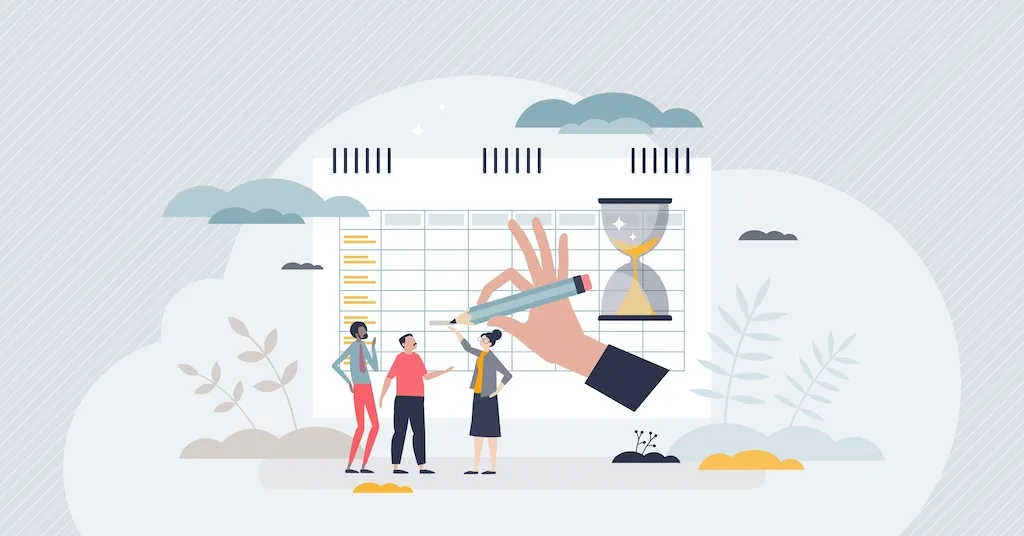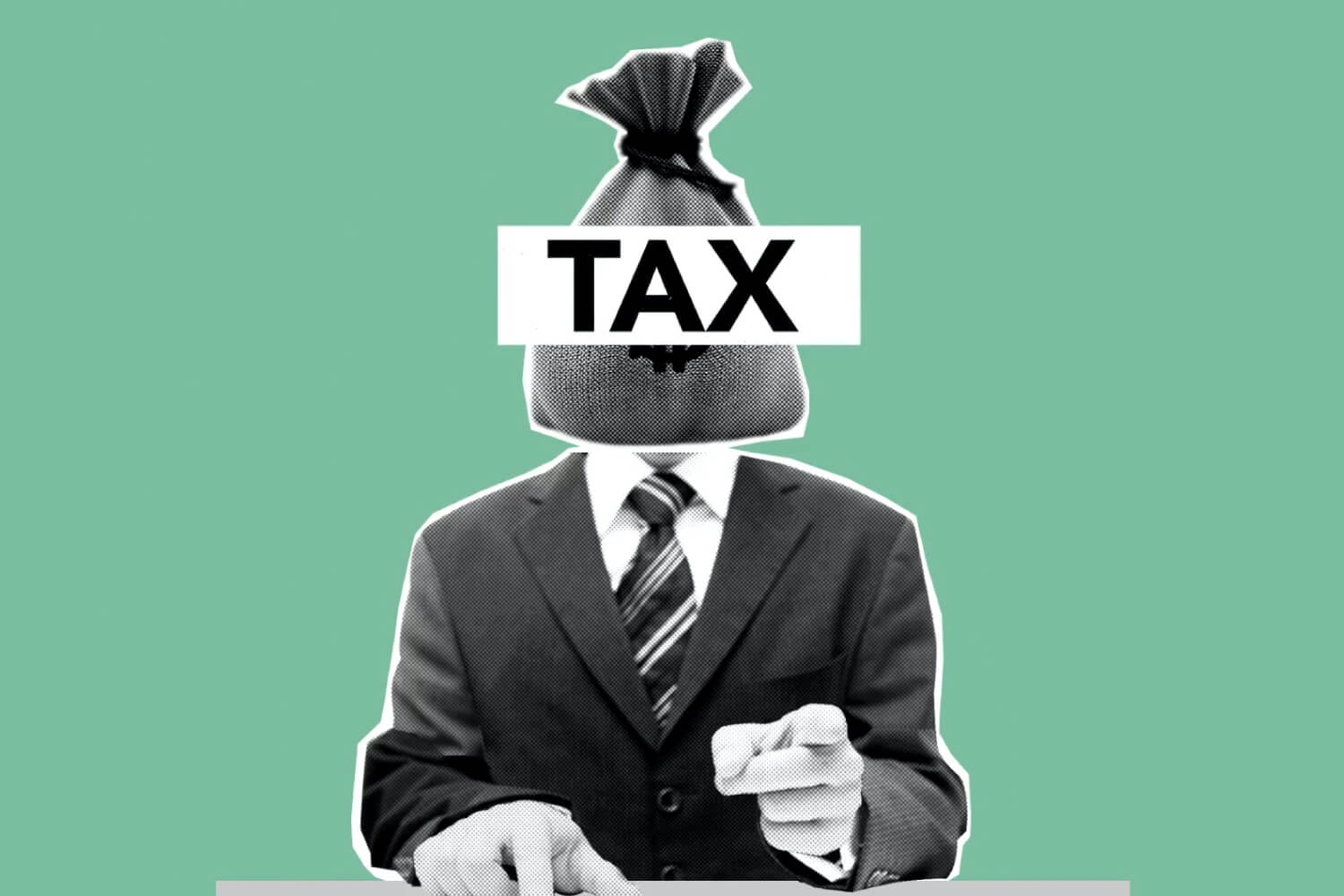Understanding your tax position before the end of the financial year isn’t just for those high-flyers earning $300,000 with multiple investment properties and a family trust. It’s useful for any taxpayer because knowledge is power, and power gives you the freedom to make choices.
I know what you’re thinking, “If it’s not bad enough already, now you’re asking me to do my tax before the financial year has ended, and then we actually need to prepare the tax return. What is the point?” My answer would be, wouldn’t you rather know more than a year ahead whether you have tax payable and how much that will be so you can plan your cash flow? Or, if the ATO owes you a refund, wouldn’t you want that money in your account as soon as possible, working for you?
To understand your tax position, you first need to understand how the ATO works and the key dates you must know and work within. Here’s a summary:
• 30th June: End of financial year (Accountants’ Christmas 🎉)
• 31st October: Tax return due date if you don’t have a tax agent
• 15th May: Tax return due date if you do have a tax agent
• 6th June: Payment date for tax bills
Now that you have a visual of the key dates, we at Conroy Evans usually complete client tax planning in April and May of the current financial year. This is important as it gives clients 13 ½ months to prepare for any potential tax bills and adjust their cash flow to come into the “Pay-As-You-Go (PAYG) Instalment system” (where the ATO asks you to pay your yearly tax in quarterly instalments). On the other hand, if we uncover that you are due a refund, we can prepare your return as soon as possible after the end of the financial year to ensure you can put your money to work (offset accounts, investments, or that holiday).
This brings me back to the start, and I hear you asking, “So how do I understand my tax position?” The best place to start is to review your most recently lodged tax return. Run through each item and ask yourself, “What will change this financial year?” Have you got a promotion? Are your allowable deductions significantly lower? Have you made investments that are negatively geared? Running through all these questions now will help you work out a ballpark taxable income. Once you understand your taxable income, you can reasonably estimate which tax bracket you are in and whether or not you have tax to pay or tax refundable. This handy ATO calculator is also amazing: Tax Calculator.
Tax planning can get a little tricky once you get to the Medicare Levy, Medicare Surcharge, HELP repayments, refundable and non-refundable offsets. This is where a tax agent might be able to help. Here at Conroy Evans, we prepare these calculations multiple times a year, not just in the pre-tax season. Business purchases and sales, investment properties, share trading, and family wealth planning all require some form of tax plan, and to be honest, we really do enjoy doing the analytics.
Give it a go this year, I promise you, it will make completing your tax return much more enjoyable, and there will be no bill shock. Even better, engage Conroy Evans as your tax agents and receive the lodgement extension to the 15th of May!



